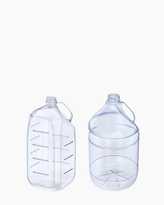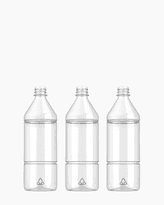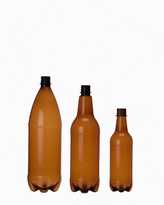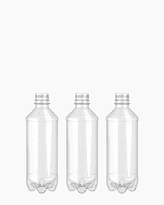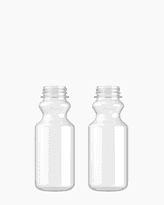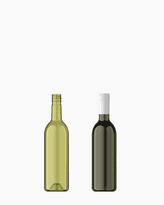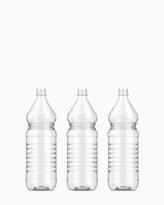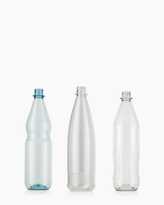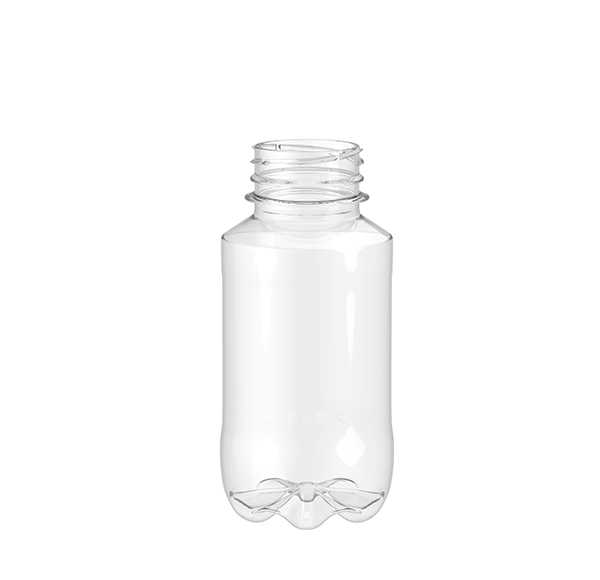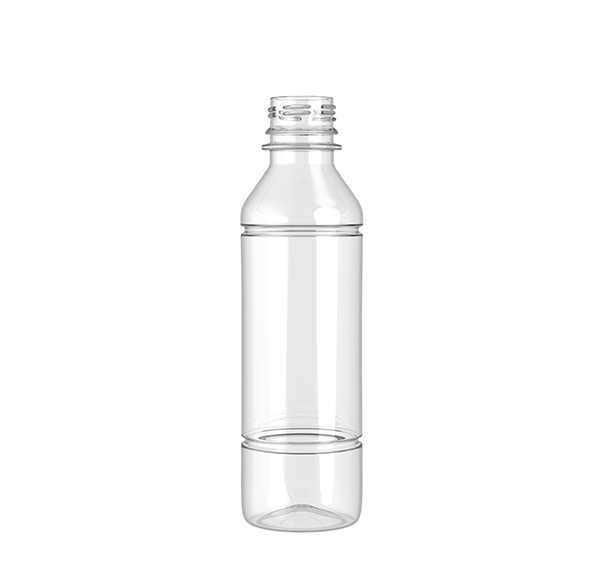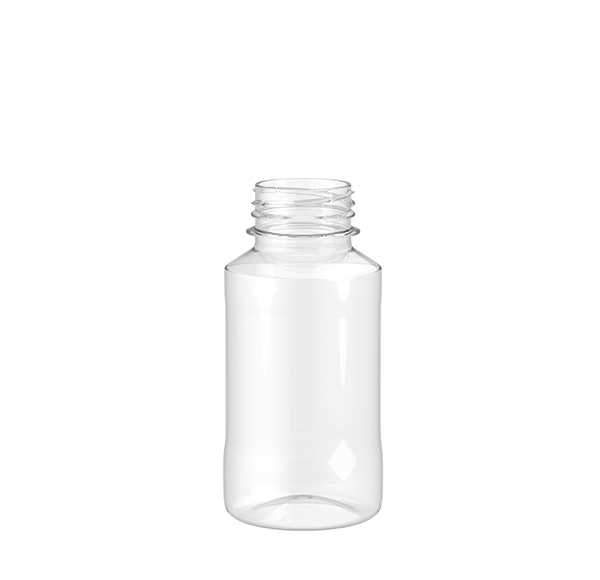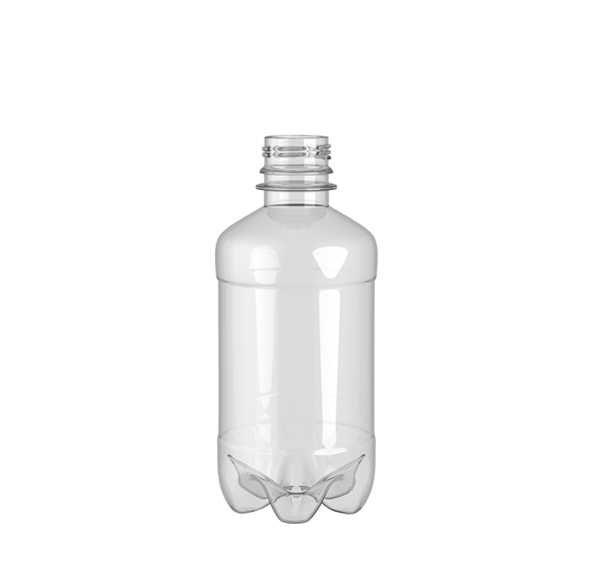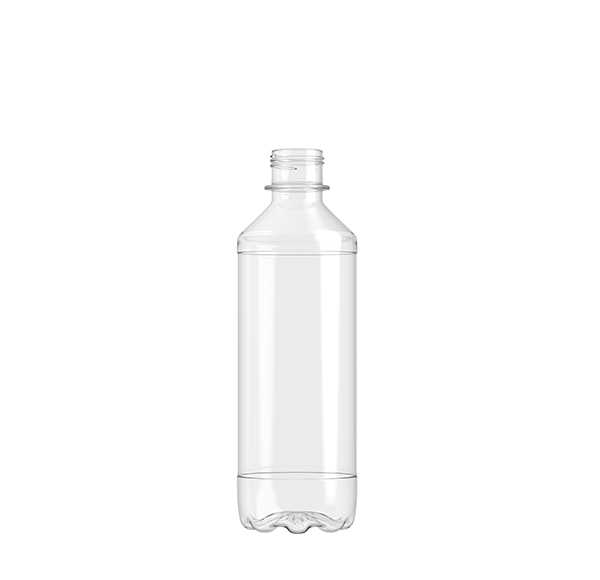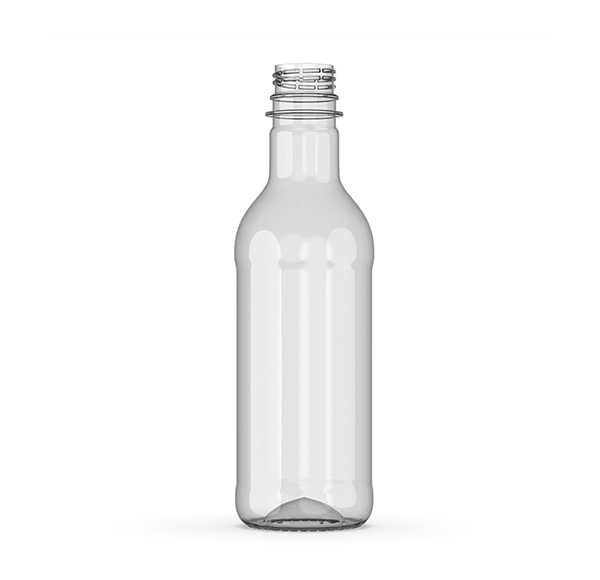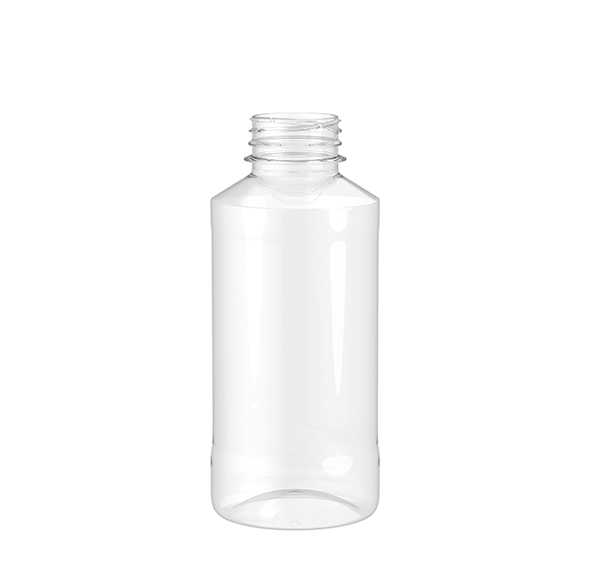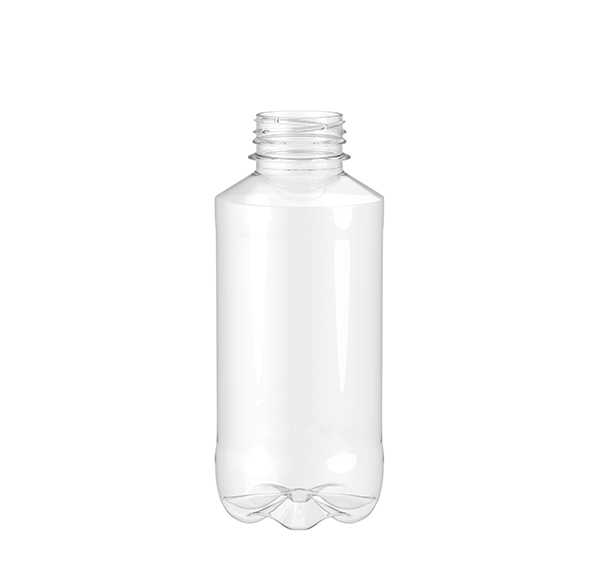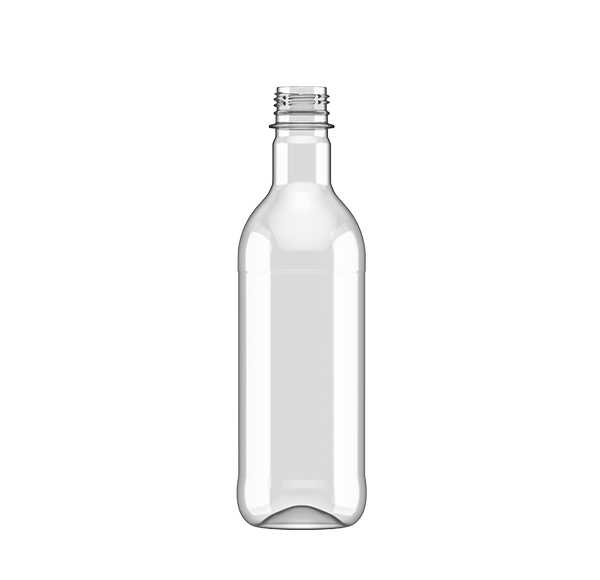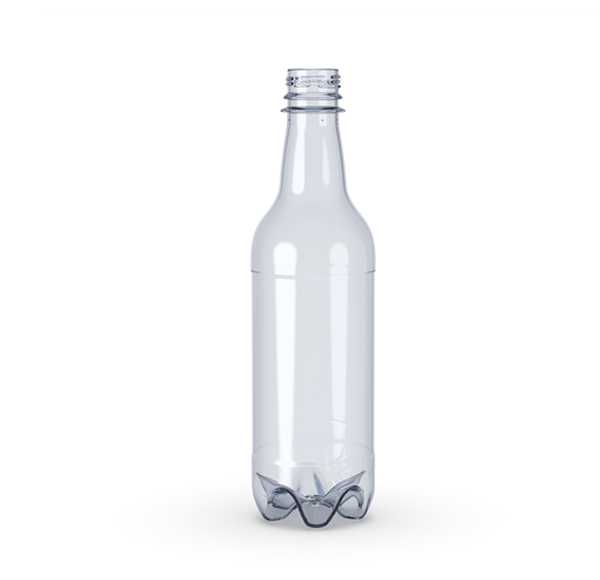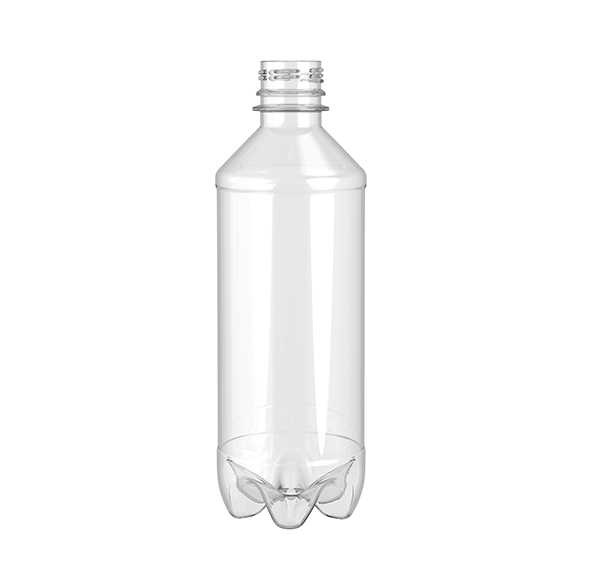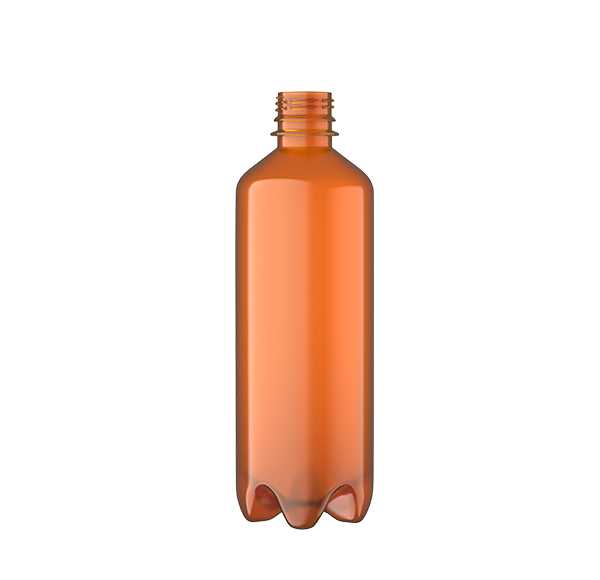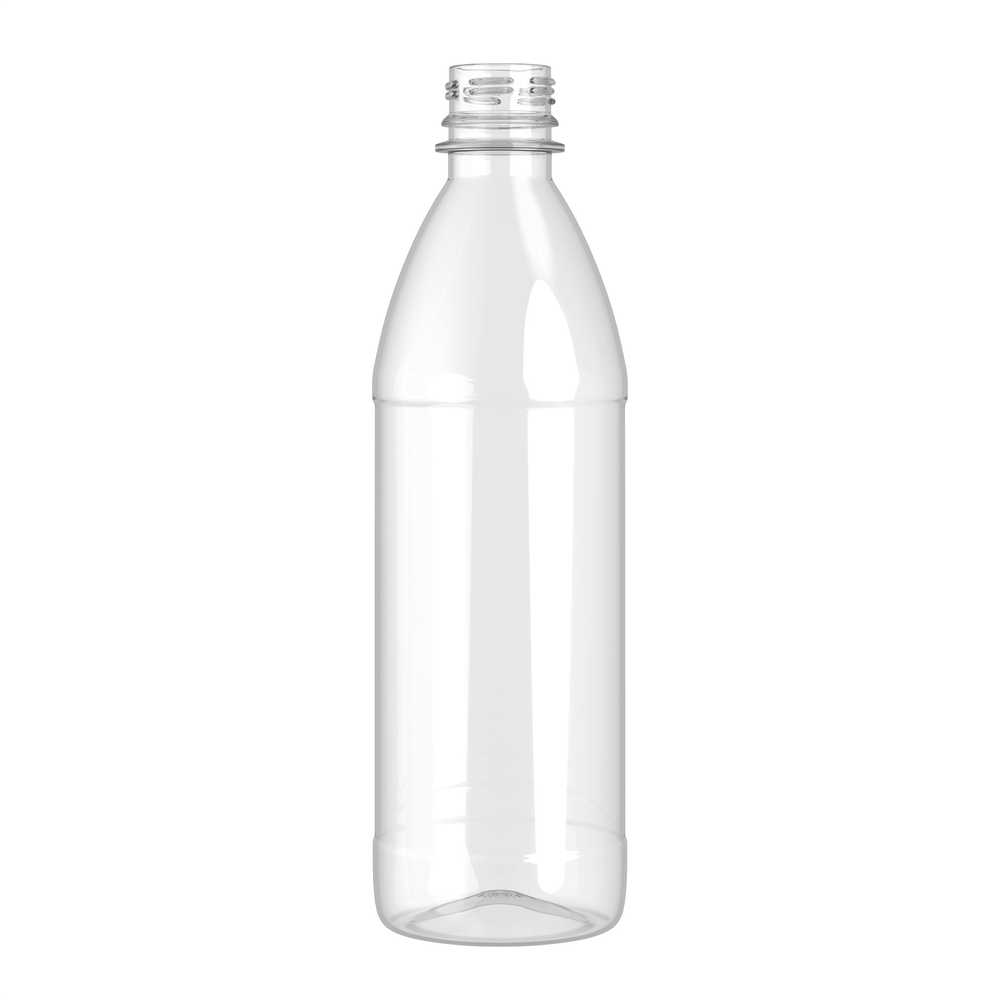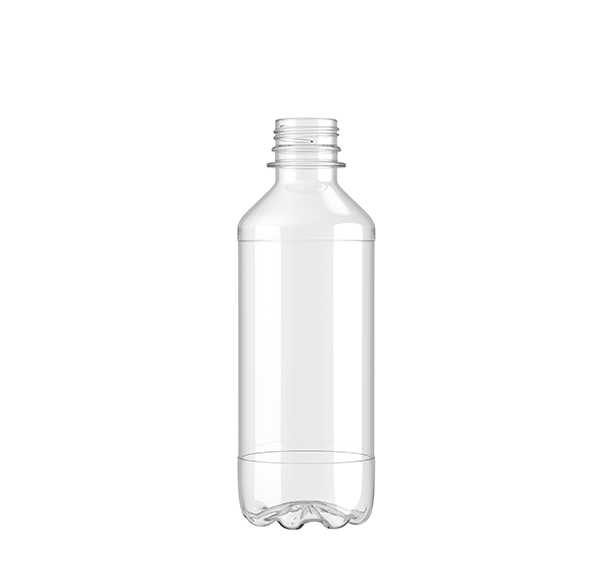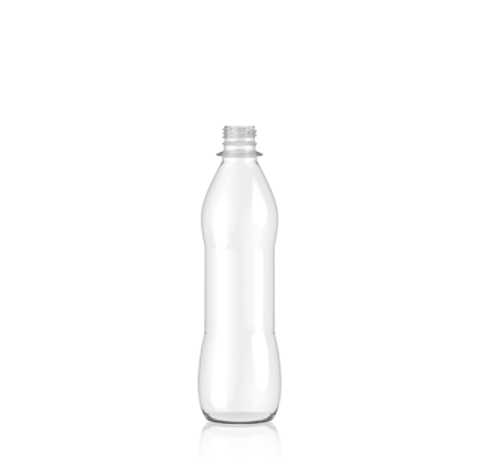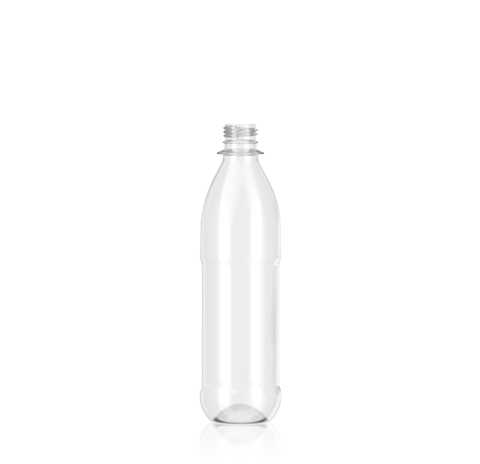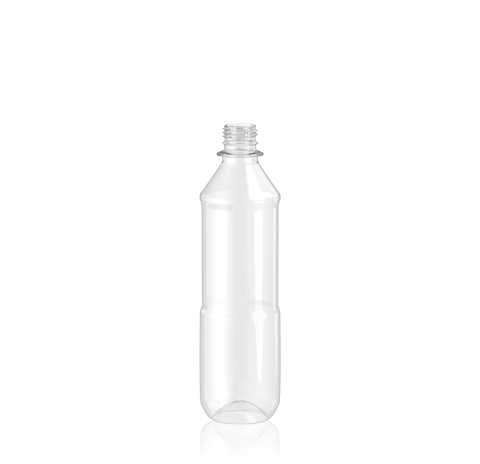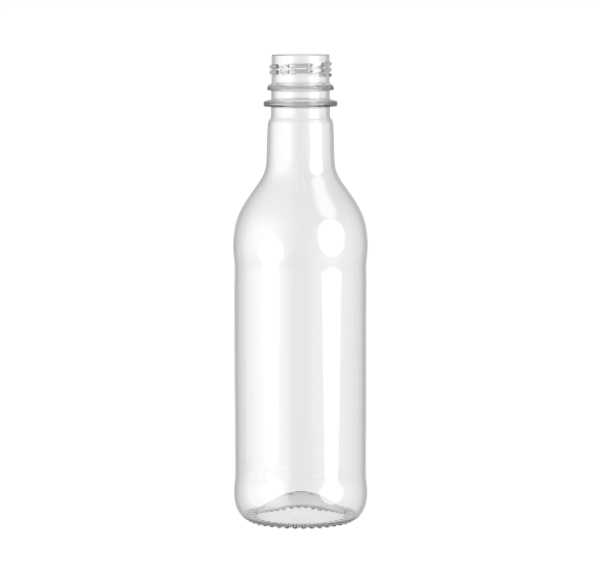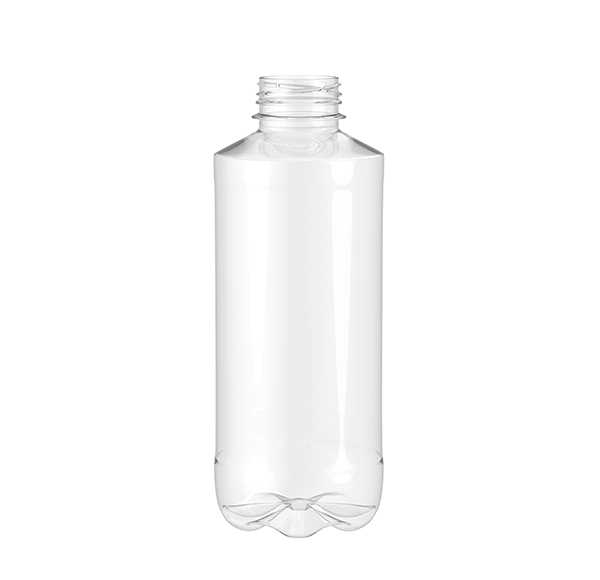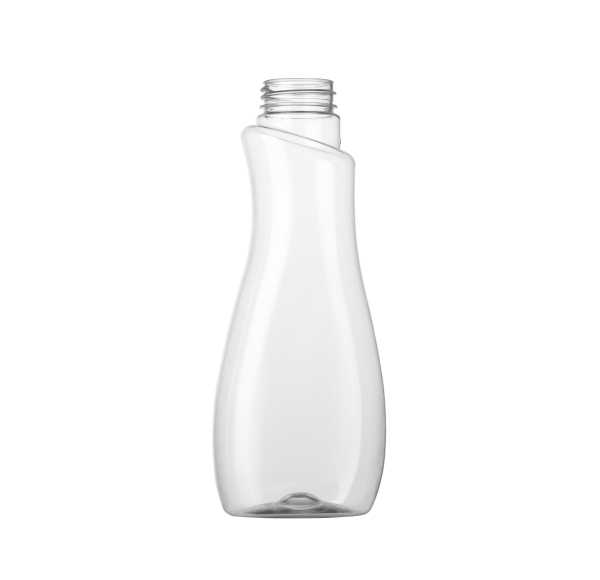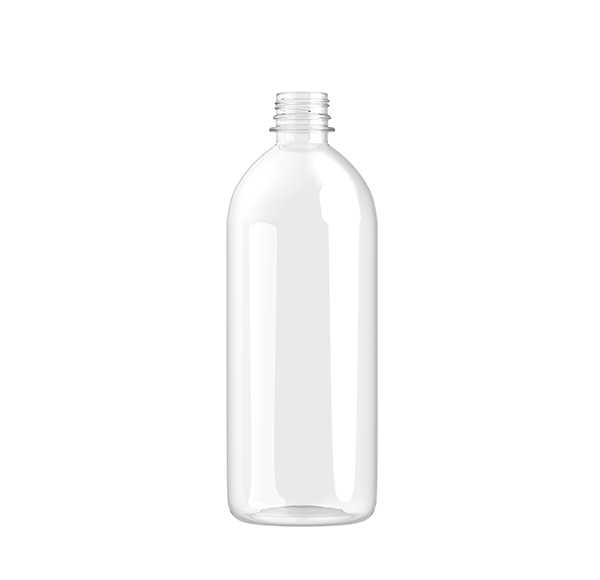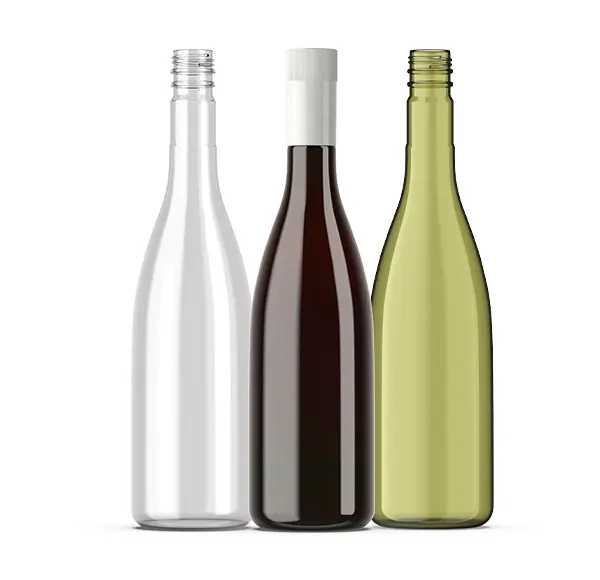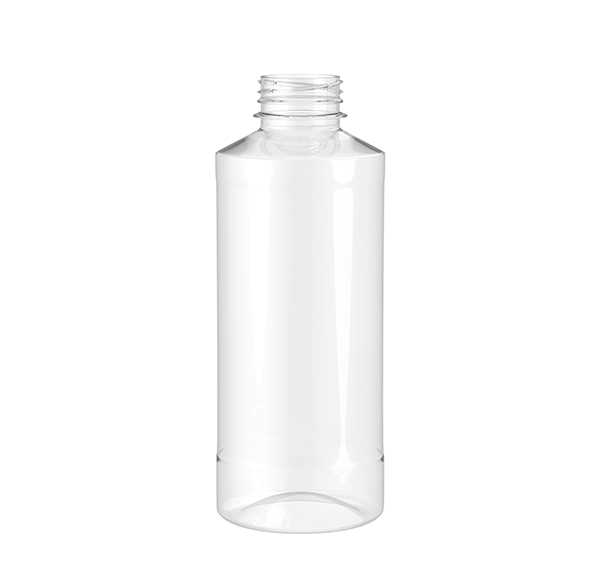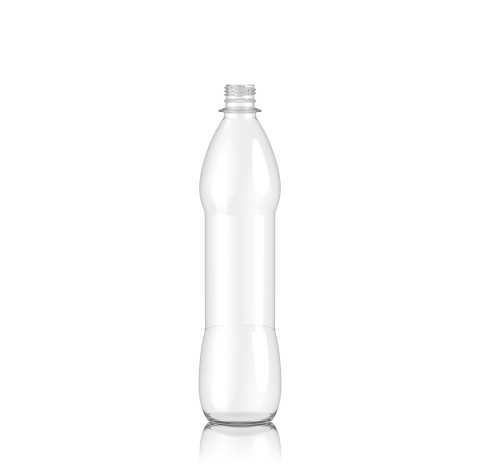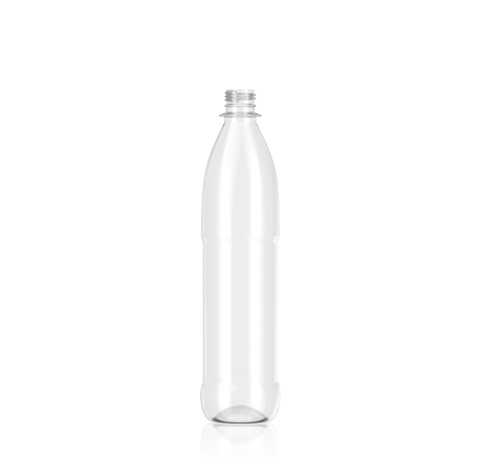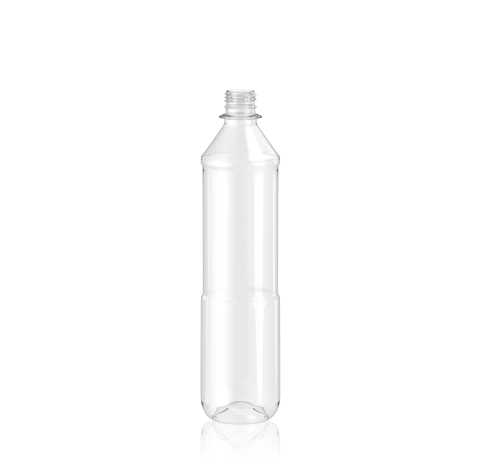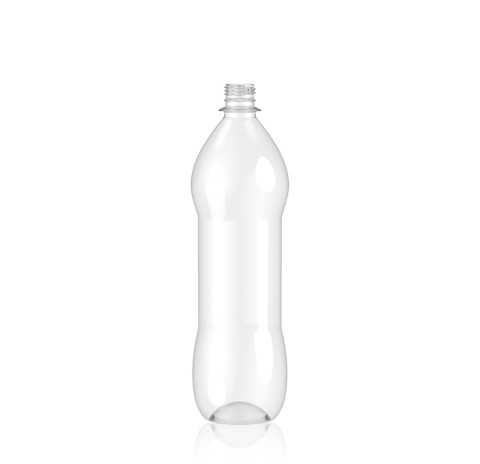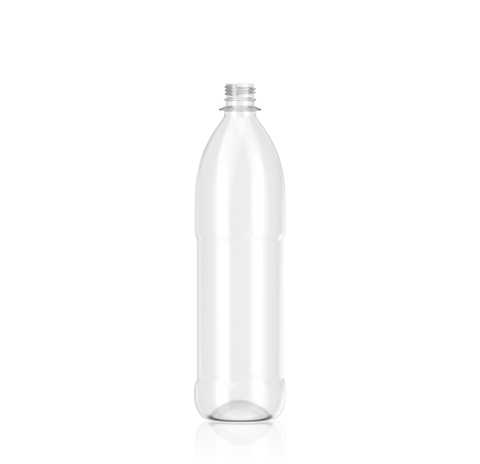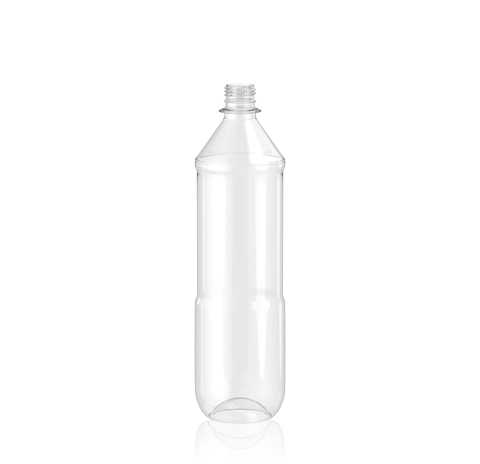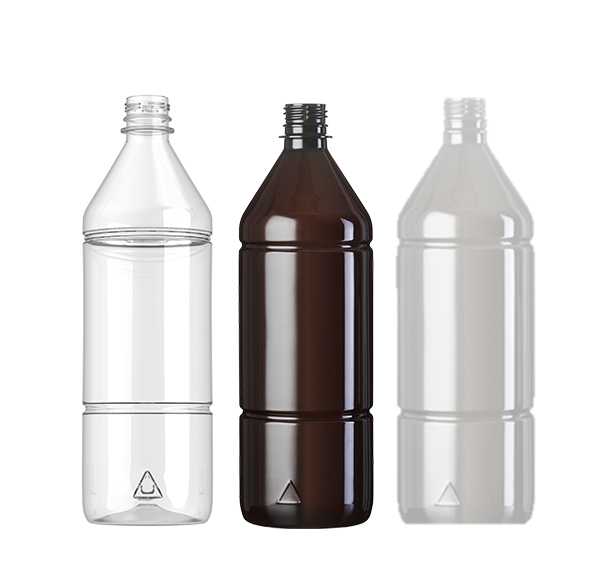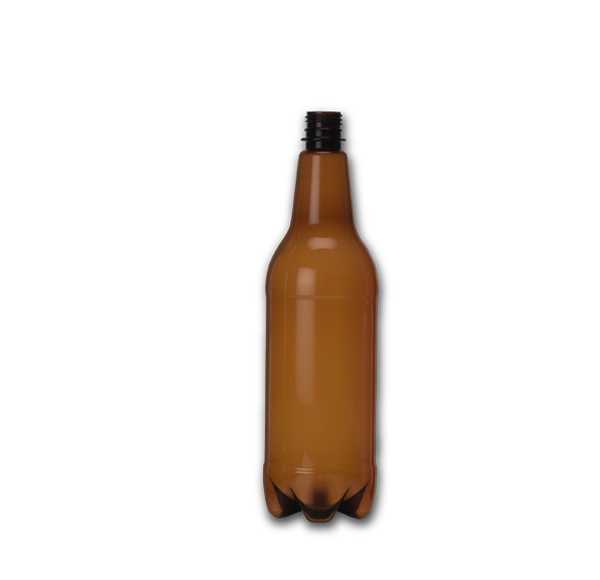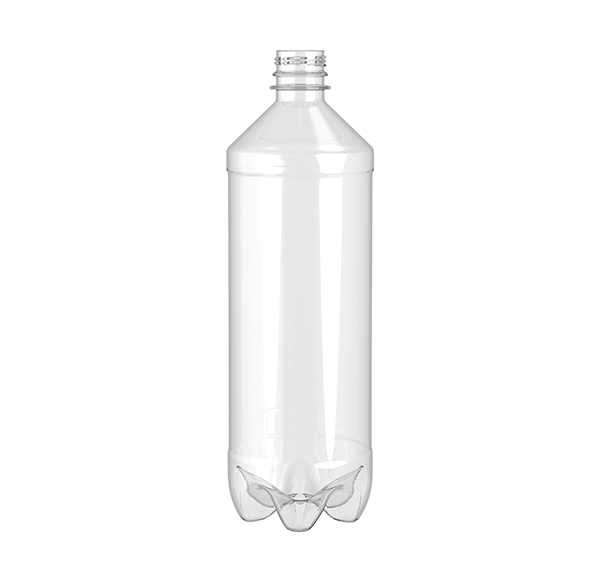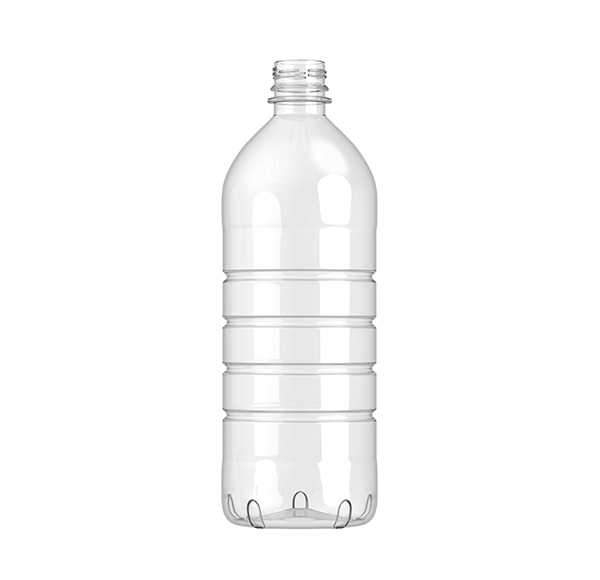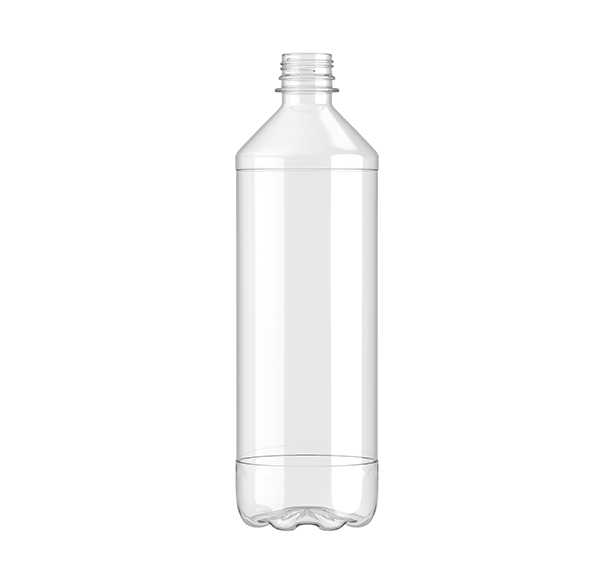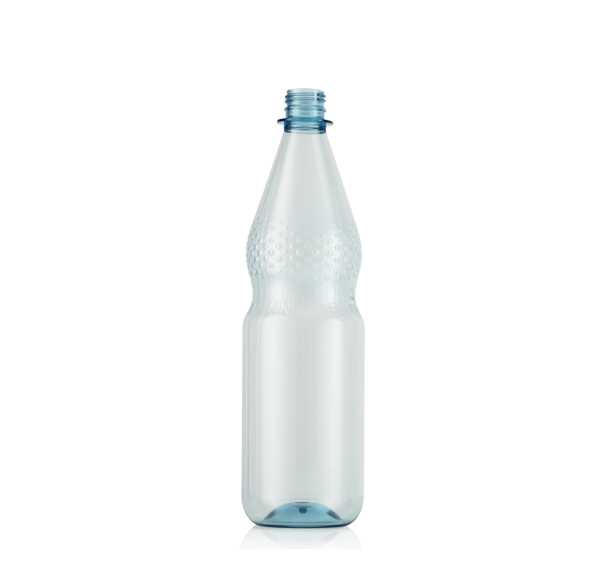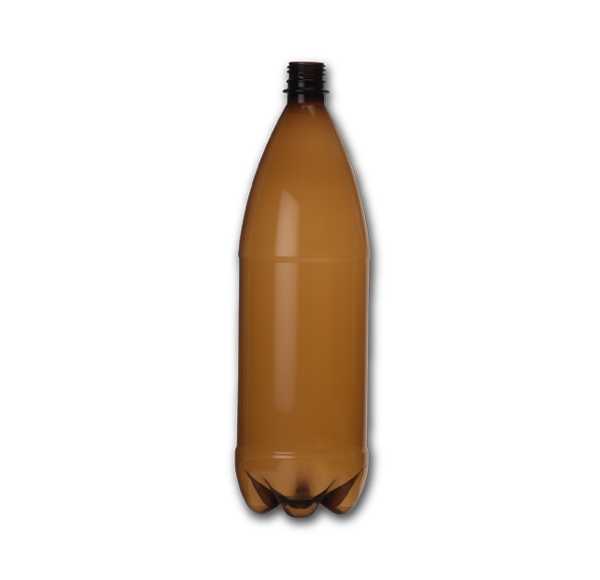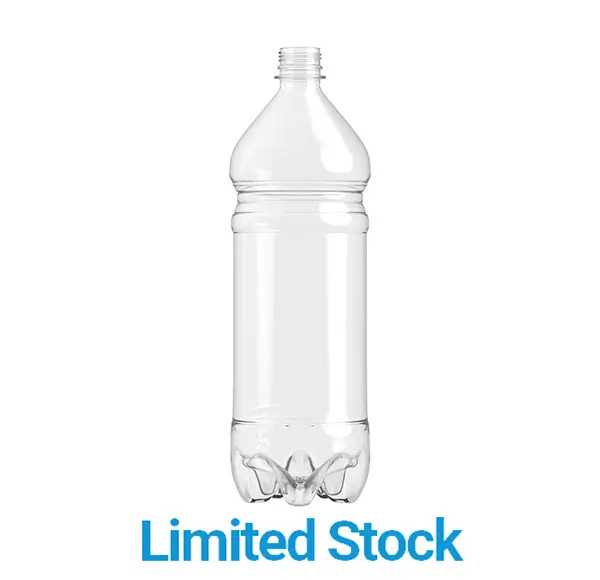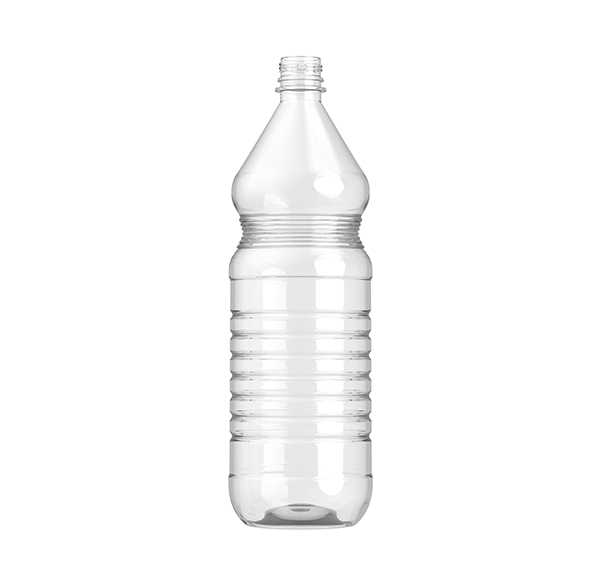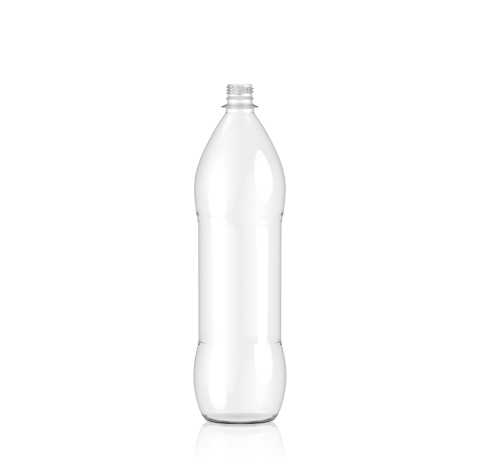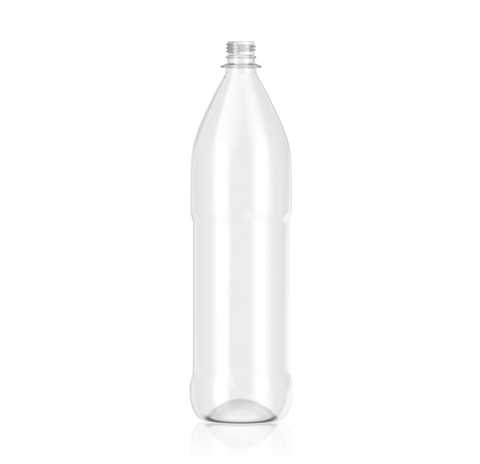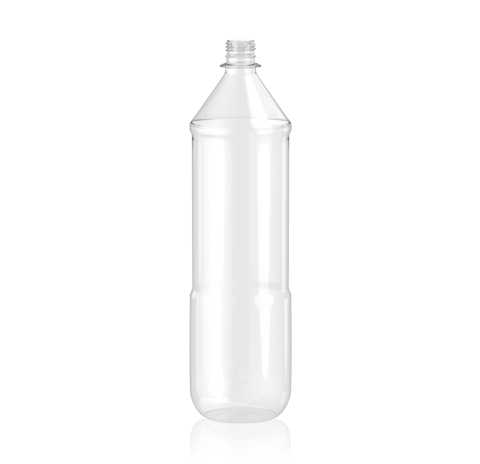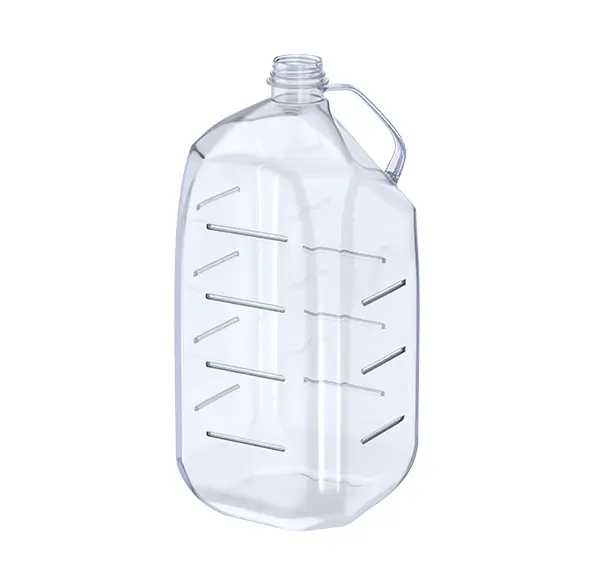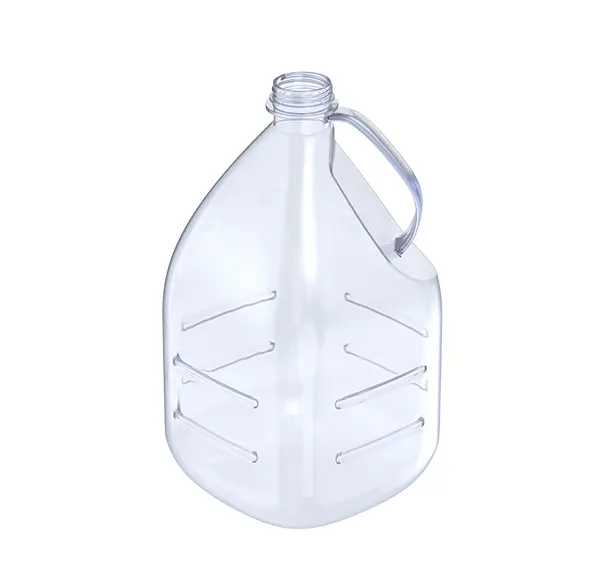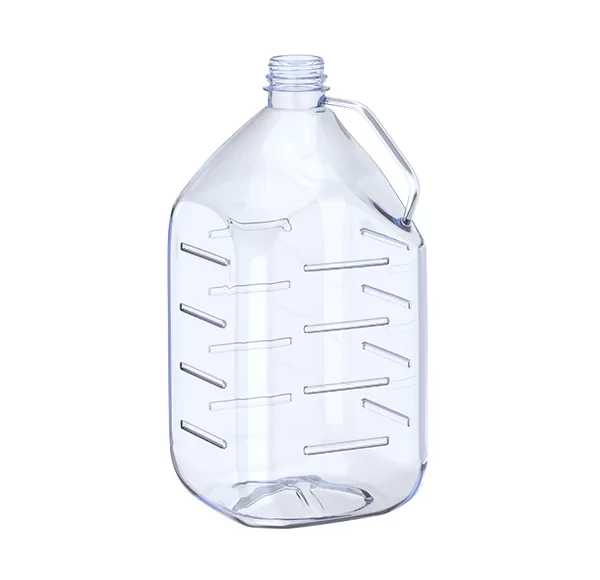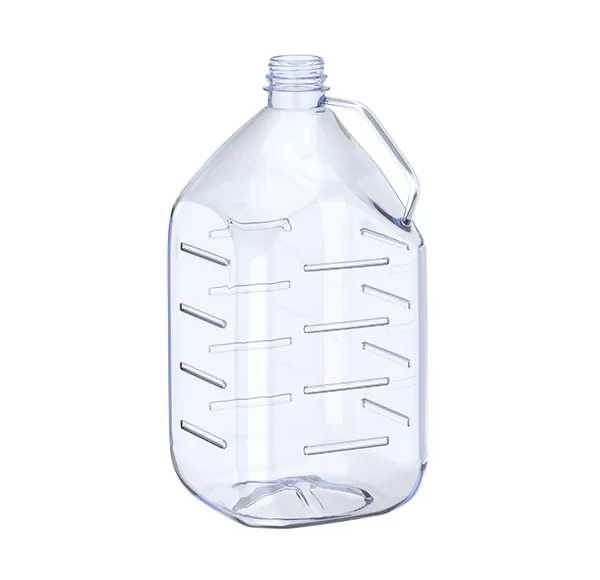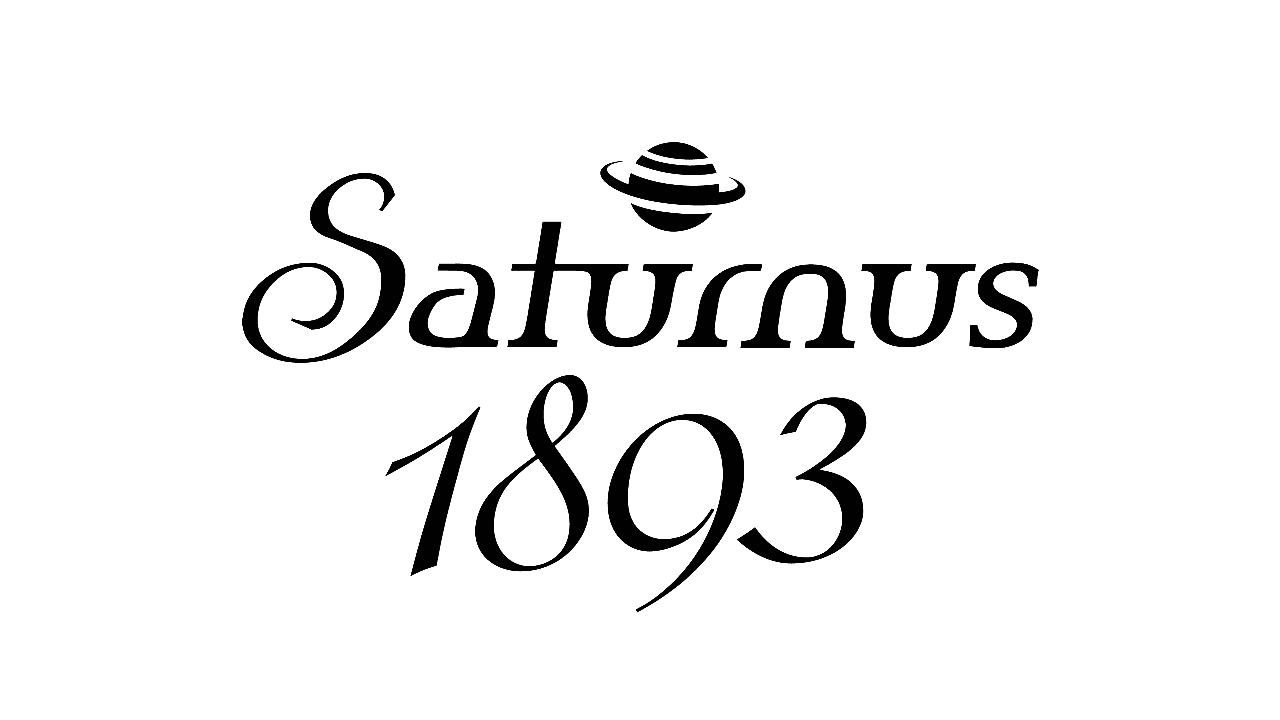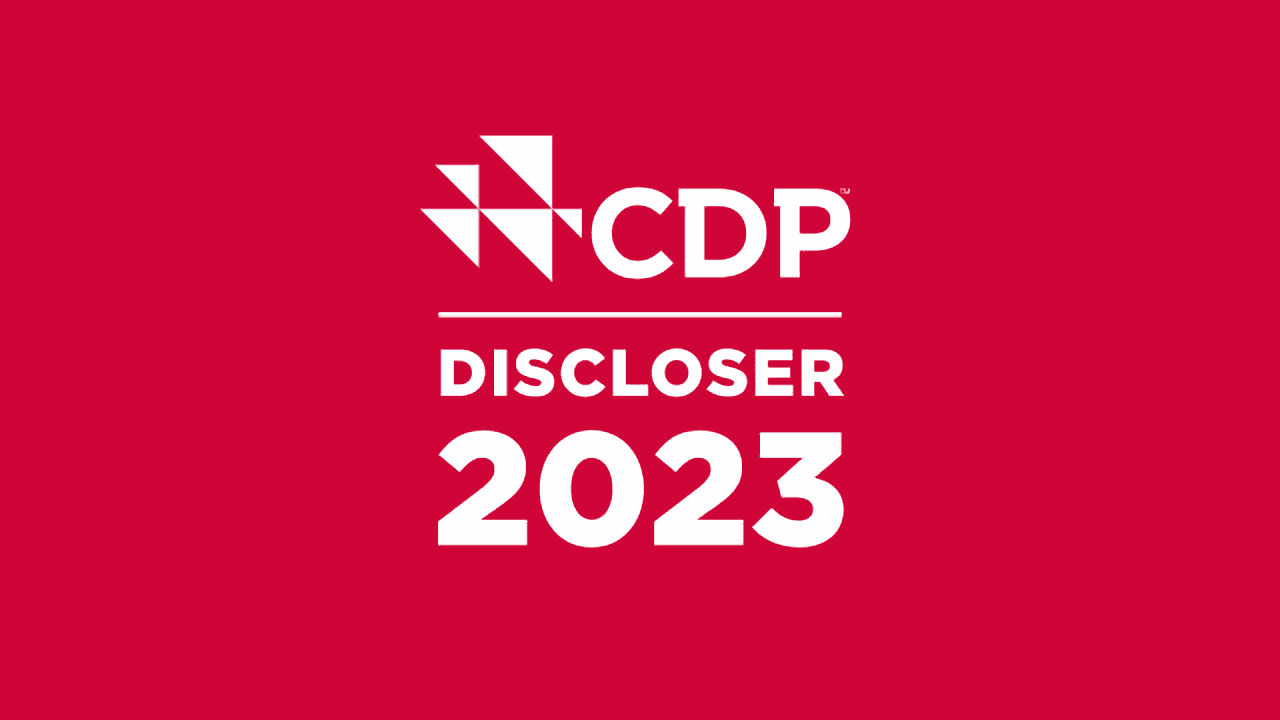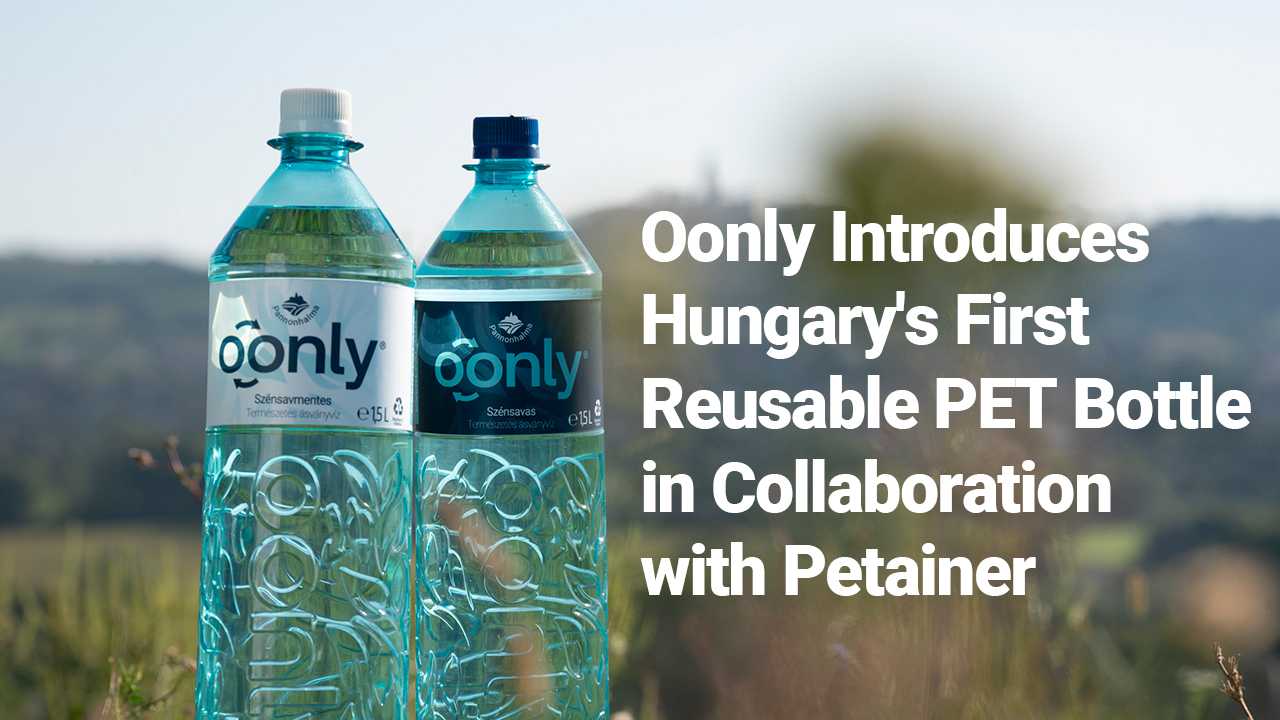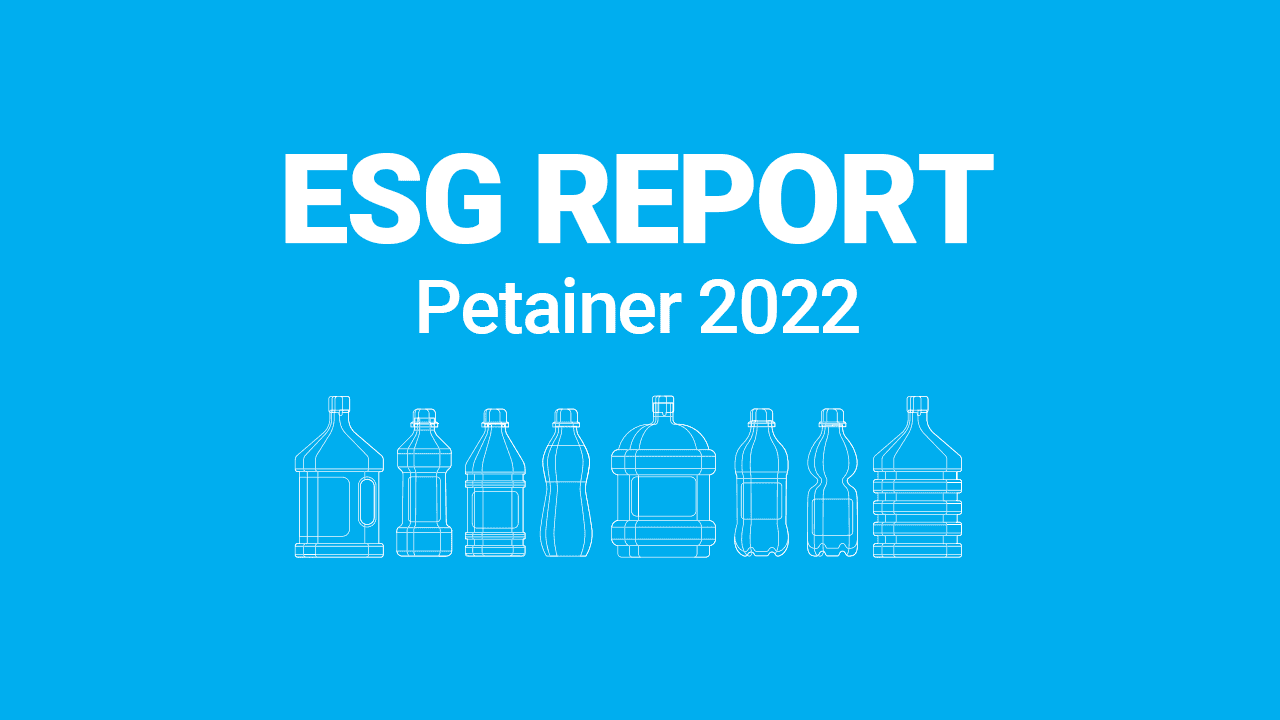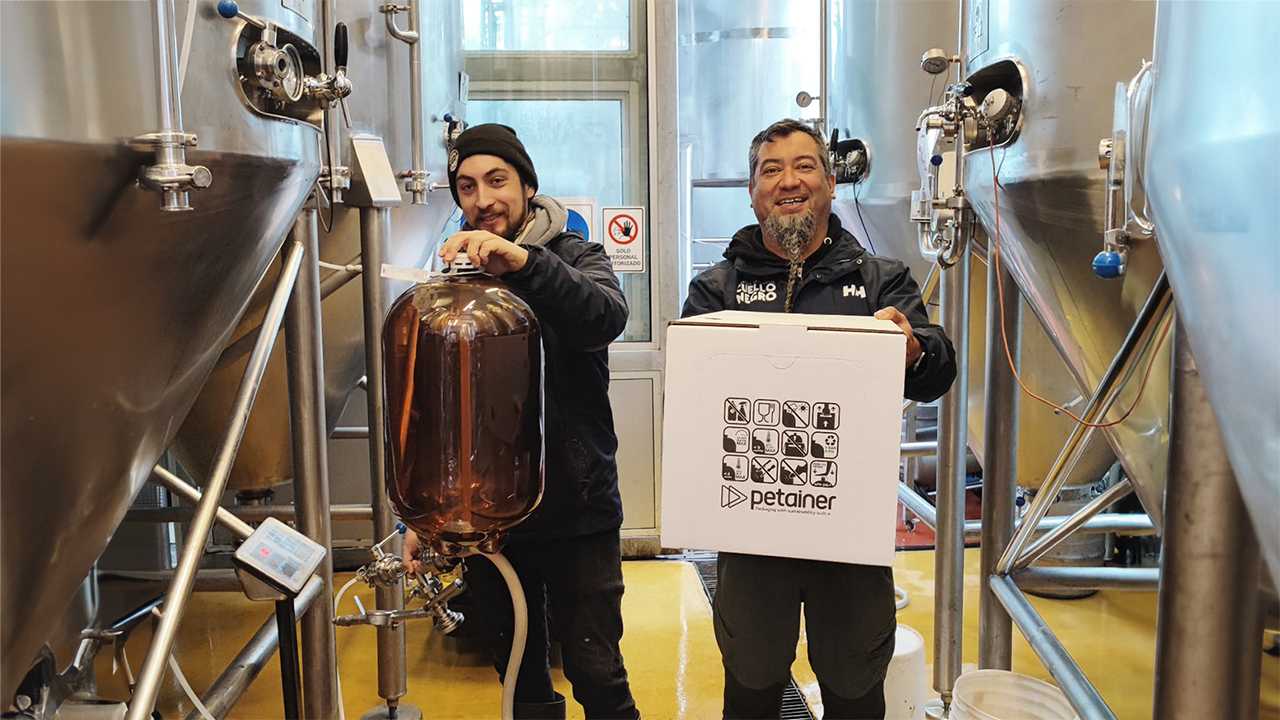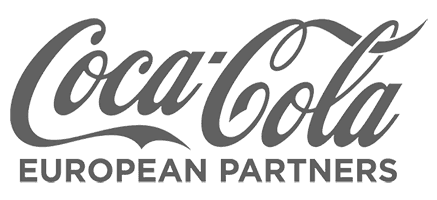Garrafas Plásticas PET
As garrafas plásticas PET oferecem um acabamento transparente e são duráveis e resistentes a estilhaços. Isso as torna adequadas para garrafas de cerveja, garrafas de produtos químicos, garrafas de suco, garrafas de refrigerante, garrafas de água etc.
O plástico PET (polietileno tereftalato) é frequentemente usado em garrafas de bebidas por ser semirrígido, leve e consumir menos energia para ser produzido do que outras soluções. Pesquisas demonstraram que tanto as latas de alumínio quanto as garrafas de vidro consomem mais energia durante a produção.
As garrafas plásticas PET da Petainer atendem aos mais altos padrões do setor em termos de segurança, qualidade e sustentabilidade.
Choose a category
Why choose PET Plastic Bottles?
PET (also abbreviated as PETE) is short for polyethylene terephthalate. It is a type of clear, lightweight, strong, shatterproof and 100% recyclable plastic. Unlike other types of plastic, PET plastic is not single-use — it is 100% recyclable, versatile, and is made to be reused.
Global safety approval. PET is approved as safe for contact with foods and beverages by health-safety agencies around the world. It has demonstrated through extensive studies, regulatory approvals, and through its widespread adoption for more than 30 years, that it can be safely used for food, beverage, pharmaceutical and medical applications.
PET, unlike other plastics, does not contain bisphenol-A (BPA) or phthalates (plasticizers).
Sustainable. PET is a highly sustainable packaging material. Using less energy during manufacturing than other alternatives. It’s also extremely lightweight, strong and durable, allowing for more products to be packaged using less material. Further lowers carbon emissions through less fuel usage.
Its sustainability is further boosted when recycling is introduced.
Recyclable. PET is near-infinitely recyclable (link — rPET), lowering the need for fresh PET to be made, further reducing emissions. In fact, recycled PET products show a drop of up to 90% in CO2 emissions compared with virgin PET.
Its high recyclability also makes it less likely to end up in a landfill, making it the most recycled plastic packaging material in the world.
In the 60 years since PET was first synthesized, it has become one of the world's most widely used, adaptable and trusted materials.

